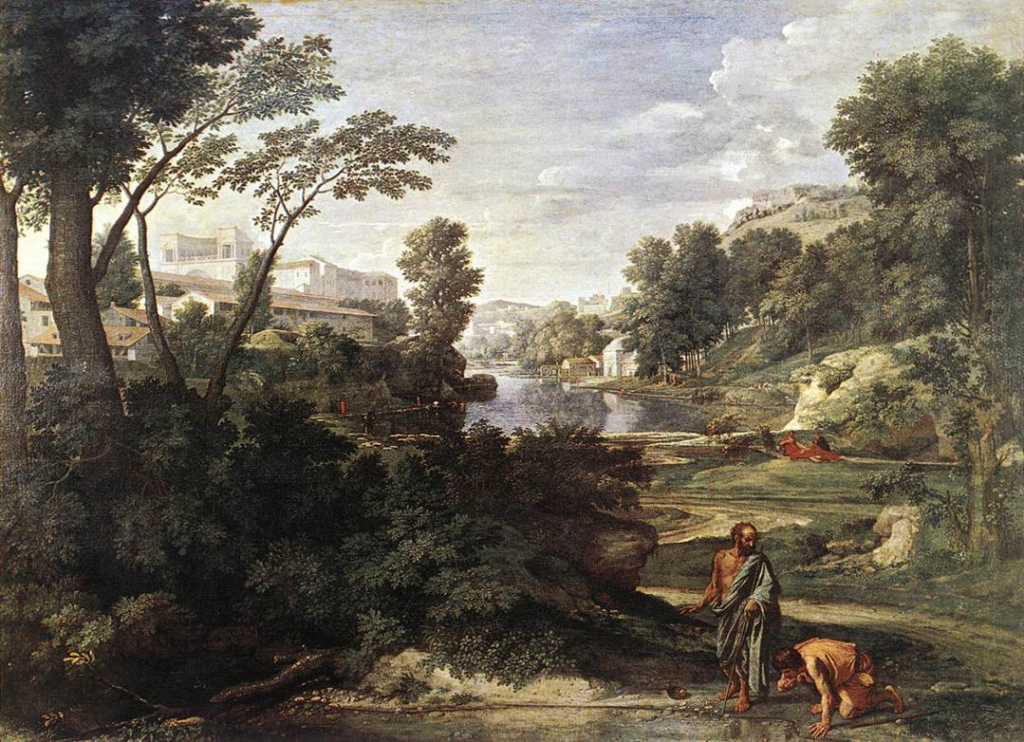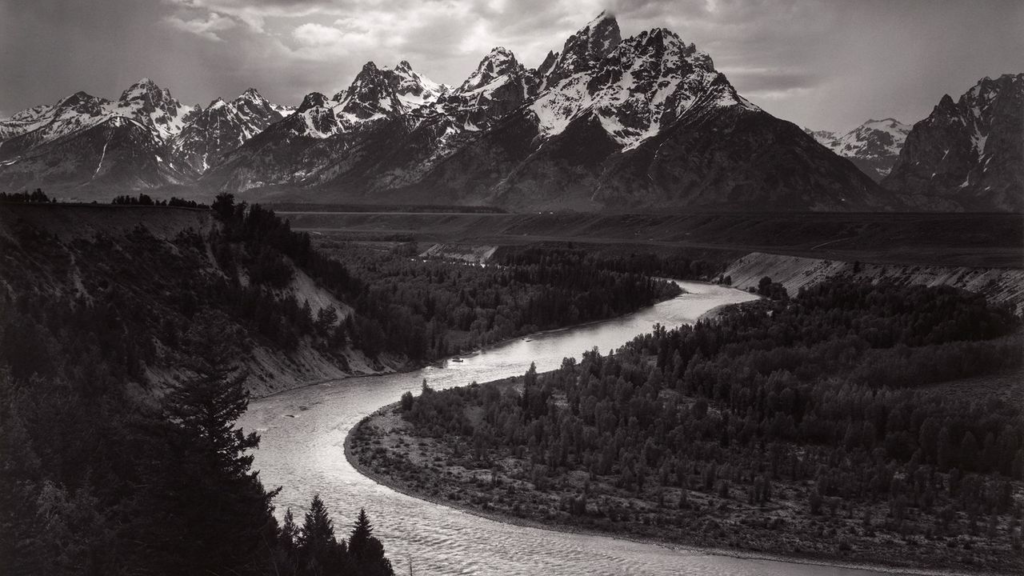What is a landscape?
The term comes from the Dutch word landschap, the name given to paintings of the countryside. all the visible features of an area of land, often considered in terms of their aesthetic appeal.

History of the landscape genre
Like most genres, Landscape as a genre first appeared in art. It was very niche and unpopular at first but slowly grew into one of the biggest genres.
It first became the subject of artists paintings in the 16th century in the neverlands but was not very popular compared to the art from Italy and France.

In the 17th century the classical landscape was born. These landscapes were influenced by classical antiquity and sought to illustrate an ideal landscape recalling Arcadia, a legendary place in ancient Greece known for its quiet pastoral beauty. Many people described it as being pastoral simplicity and was the place to go for many landscape artists.

In the Late 18th century, landscape art finally became accepted in the academy because of the artist French Pierre-Henri de Valenciennes. In 1800 he published a groundbreaking book on landscape painting, Eléments de perspective practique. The book emphasized the aesthetic ideal of the “historic landscape,” which must be based on the study of real nature. The success of the book pushed the Academy to create a prize for “historic landscape” in 1817.

Landscape kept gaining popularity through the 19th century, This is likely due to many people moving into less rural areas, caused by the industrial revolution. This made many people miss there old life in the country side, so they would turn to art to remember the old life. Barbizon painters such as Théodore Rousseau and Charles Daubigny became less concerned with idealised, classical landscapes and focused more on painting out-of-doors directly from nature—a practice known as plein air painting. The 19th century also saw the birth of landscape photography, which would greatly influence the landscape painters’ compositional choices. Gustave Courbet (an Impressionists) pushed the boundaries of landscape painting even further.

In the early 20th century, painters continued to embrace the landscape. As photography gained acceptance as an art form, artists used the medium to create interpretations of the land through pictorialist effects. Ansel Adams captured the country’s attention with his breath-taking views of the wild beauty of the American West.

